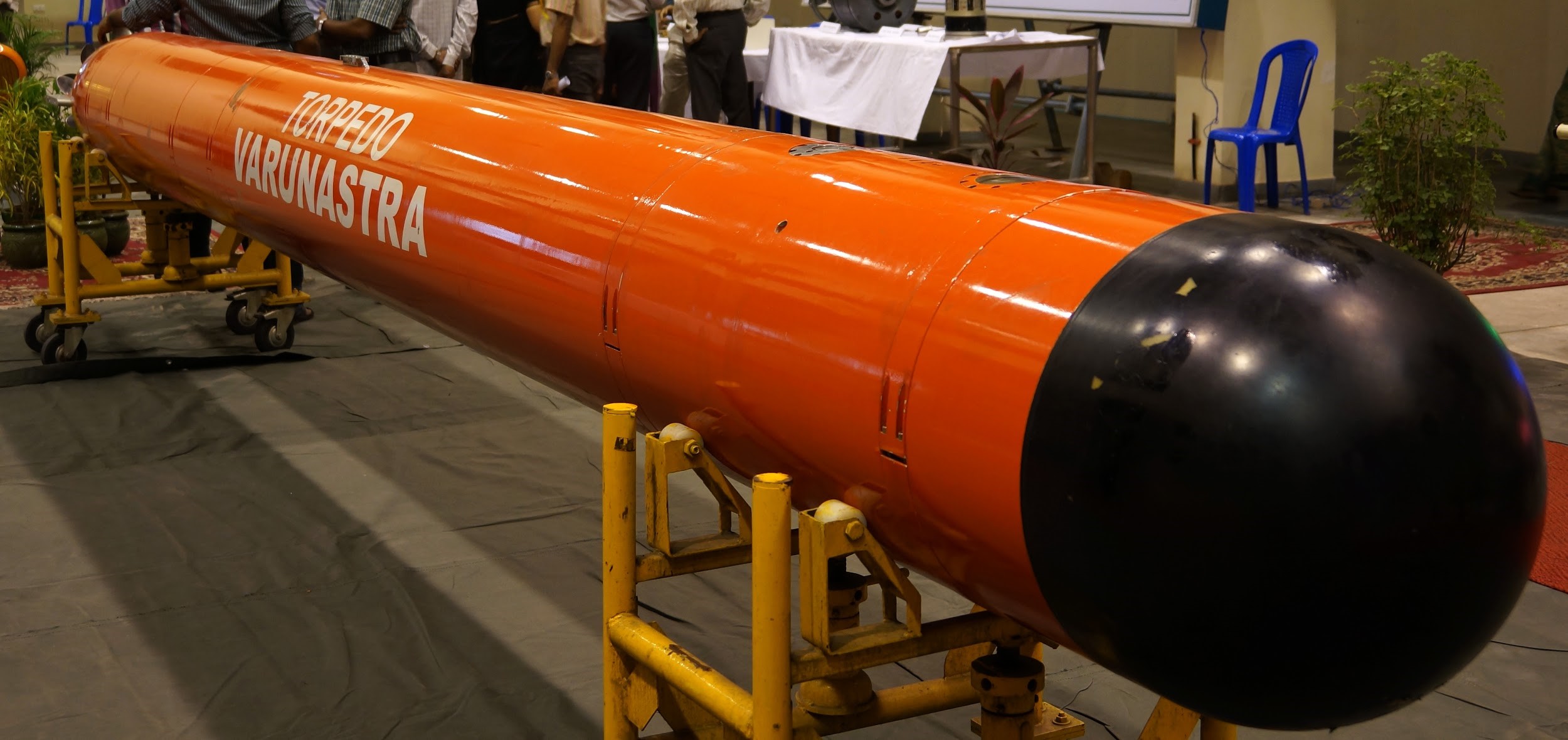Free Courses Sale ends Soon, Get It Now


Free Courses Sale ends Soon, Get It Now


 Disclaimer: Copyright infringement not intended.
Disclaimer: Copyright infringement not intended.
Context:The Navy test-fired an indigenously designed and developed heavyweight torpedo, Varunastra, with a live warhead against an undersea target.
About the Varunastra:
Special features of Varunastra:
About Torpedoes:
Other Indigenous torpedoes of India:
Sheyna:
Submarines in India:
Submarine programmes in India:
Conclusion:
India needs to build indigenous capabilities in submarines and missiles in order to ensure ‘ Minimum Credible deference’. Testing of Varunastra will prove to be long leap towards that direction.
|
PRACTICE QUESTIONS Consider the following statements about Varunastra:
Which of the above statements are incorrect:
Ans: 2 |
https://www.drdo.gov.in/varunastra
© 2024 iasgyan. All right reserved